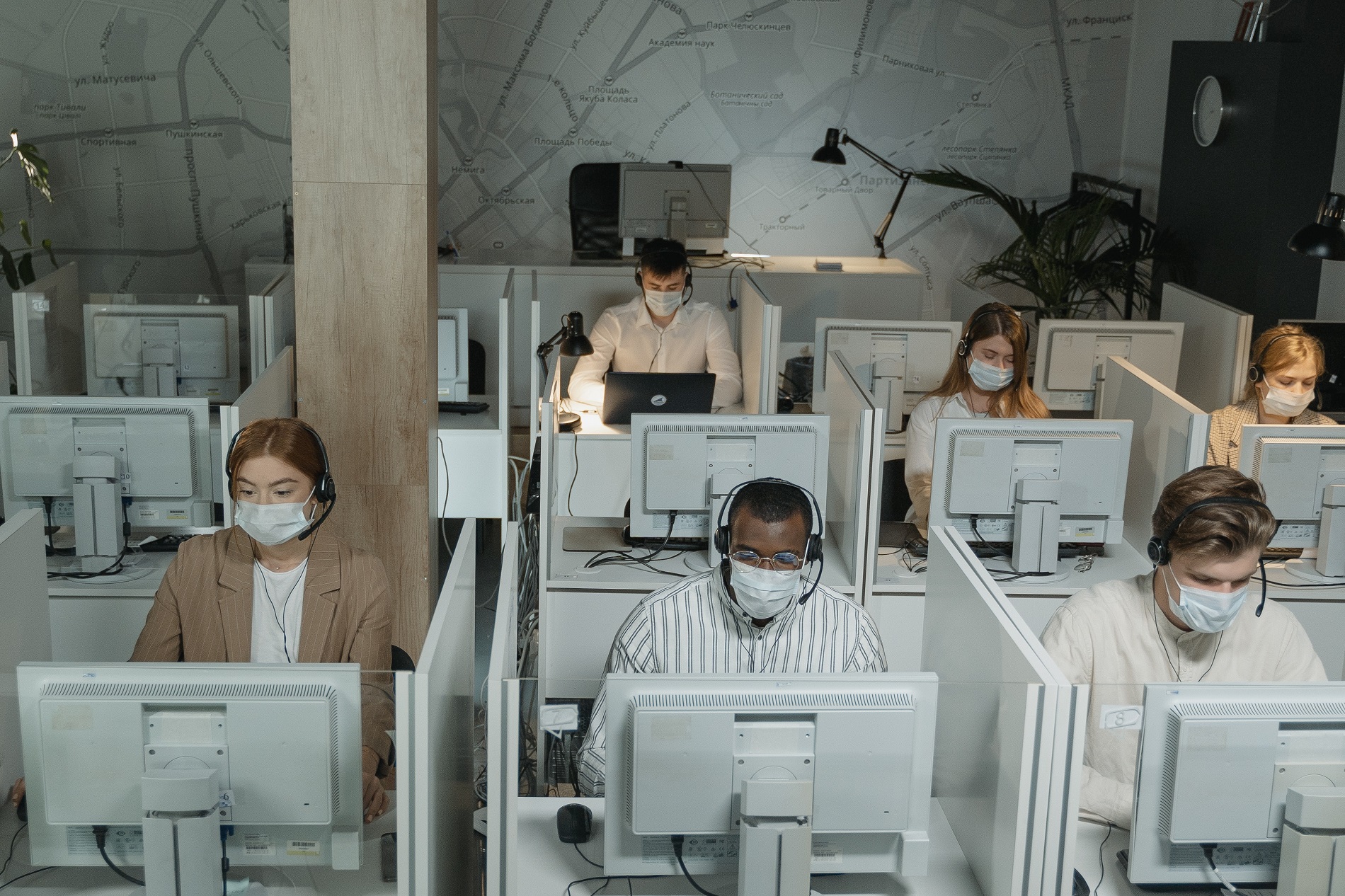
Work spaces in the pandemic
While the world is finding more ways to turn upside down as we go through this pandemic, the massive lifestyle changes are affecting the employment and work scenario for the worse. A few organizations are thriving by employing various technological solutions and opting for Work from home. These companies will probably continue working from home to reduce the stress on the finances for infrastructure, maintenance and other facilities required for a smooth functioning company.
Even work from home isn’t an ideal working scenario for most people; the surroundings in one’s home aren’t conducive enough to provide space devoid of distractions interrupting the workflow. Also work from home comes with its fair share of technical, hardware, software and internet issues, the trouble shooting process for which is unnecessarily long and tedious. In such cases people opt for co-working space where people with similar requirements come together to work separately. While co-working spaces has been the savior for small groups working in startups since before the pandemic, it now helps separate the personal and professional lives while providing the comfort of an open work space. Working in a community also takes out the monotony in the work routine. Such factors have brought on a rise in co-working spaces and those like ‘We Work’ continue to grow and thrive even in the current economic downward slope.
But what about the fields that require employees to work in a team under the same roof??
The office environment and the work culture are experiencing a drastic and dramatic shift. Earlier the office interior design would aim to optimize the spaces to house maximum employees and also have segregated spaces or open office utilized for multiple work activities. Now the entire definition of office space design has changed. It has shifted to putting the employees and their health first. The office layouts are to be designed in such a way that it ensures social distancing and minimizes exposure for the people. Reducing the density of people existing cohabiting in the workspace by staggering the work days is the primary measure to reduce the risk of mass infections.

Refurbishing the amenity spaces to function for work by provisions for the technology and equipments required will help creating more spaces facilitating contactless interactions. Technology plays an instrumental role in making the work space for efficient while practicing social distancing. In offices people share the restroom, pantries and other shared amenity spaces, hence the need for regular sanitization.
Irrespective of the location for work, the whole employment scenario is quite stressful. Even the post pandemic offices are so far in the future with unknown and irreversible side effects from this global crisis. The only silver lining is that we start putting the people and their health first. Let us hope to retain that even after the pandemic.


No Comments
Sorry, the comment form is closed at this time.